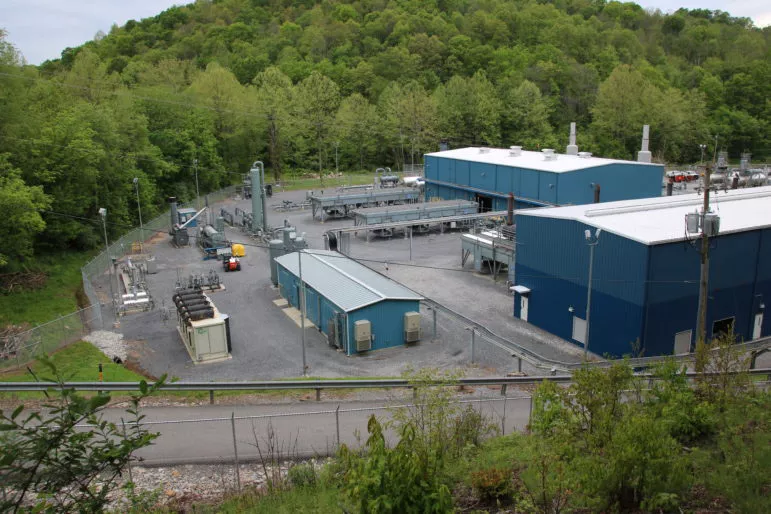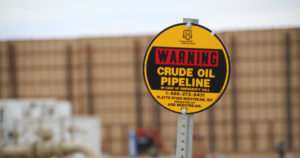Changes in pressure and elevation can slow the speed at which oil and gas move through pipelines. Pipeline stations are designed to keep oil or gas moving, and to track how quickly it moves.
There are three main types of pipeline stations:
There are no current national data on the their number and location, but some have been mapped by organizations and energy information companies.


Environmental and Health Impacts of Pipeline Stations
Primary concerns with pipeline stations are:
- air pollution from both normal operations and equipment leaks;
- safety risks due to the volatility of oil and gas; and
- noise whenever they are in operation.
But research on the direct environmental and health impacts of pipeline stations is limited.
As discussed in the different station sections, how they are permitted and regulated depends on location, function and size.
For More Information
- Scientific research study on methane emissions from gas transmission and storage facilities.
- US Environmental Protection Agency regulations for oil and gas facilities.
- Earthworks 2016 report on gas facility permitting under the Clean Air Act and the air and health impacts of operations in Pennsylvania.




